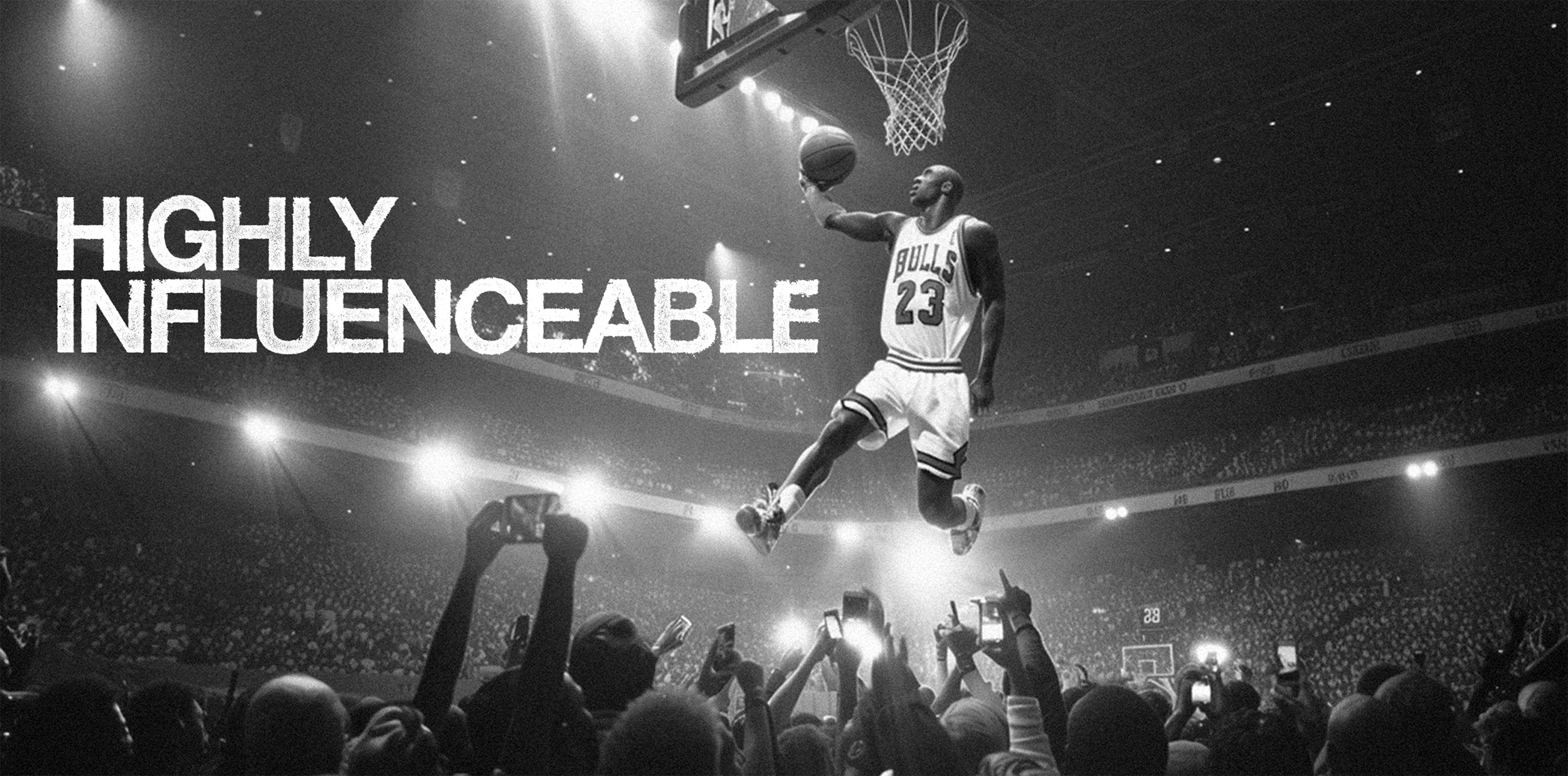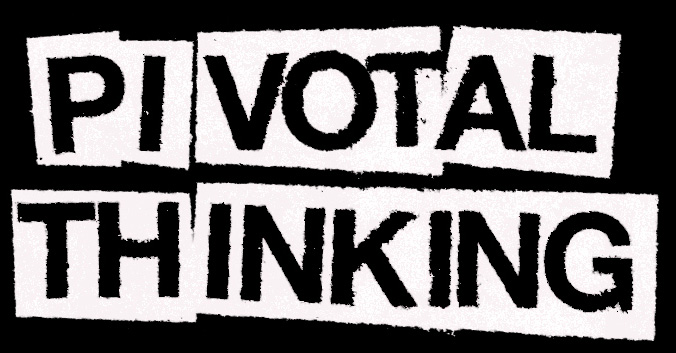
The sport market: between potentials and contradictions
By Lionel Farget
Sport is a powerful catalyst for change in our society. Over the past decade, it has become a progressive force, fighting against racism, inequality, and climate change.
Indeed, it is the sector where expectations are most concentrated in many ways. This includes the role it plays in society, the emotions it evokes, and the well-being and fulfillment it offers its enthusiasts. These elements are central to the balance and life expectations of today’s athletes, especially GenZ, who are driving the evolution of practices and trends in our society.
Understanding how sport fuels change is essential for leaders and brands.

If sport is truly a catalyst for change, even more is demanded of it. Go further, go faster, take us where we don’t expect, where we haven’t yet asked it to go.
For instance, we expect sports stakeholders to place CSR impact at the heart of their approach in all aspects, from the construction of sports facilities to communication plans and, of course, the design of products that must adhere to an ever more virtuous model, which must also address financial accessibility and equal opportunity.
And let’s not forget that sport is, by nature, a formidable vector of innovation in its quest for performance and excellence, which often improves daily life or equipment for the masses.
Sport is increasingly under the spotlight as it has taken a central place in GenZ culture. The evolution of fashion, the quest for well-being and comfort, and the rise of hip-hop culture are notable examples. They place sportswear at the heart of wardrobes, with sneakers becoming the number one accessory to complete an outfit. Soft textiles and loose cuts have also become a norm, and the acceptance of sportswear as a noble fashion trend has been notably embodied by luxury brands integrating such items into their collections.
A perfect illustration of sport’s incursion into our daily lives is Arc’teryx, the Canadian outdoor technical brand, whose products are now worn by many in Shanghai’s Pudong district.
Leisurisation? Yes, but not just that
While the evolution of cities and transport issues are part of the answer, cycling practice, for example, is mainly a deep trend emphasizing comfort in all situations and a desire to break free from established norms.
The supersonic rise of Padel or Pickleball favored for their playful nature and accessibility, is a great example. Smaller courts and doubles matches significantly reduce technical and physical entry requirements, opening the practice to a wider audience.
The advent of other sports, historically considered less noble by some, have made or will make their Olympic debut, like skateboarding in Tokyo, breakdancing in Paris, or Flag Football in Los Angeles, confirming the desire to shuffle the deck.
Sport also stands as a change agent in class struggles. The Adidas Arena at Porte de la Chapelle, a once notorious area and now the home of Paris Basket, a club founded only in 2018 and already a European champion, is a perfect example of the mission to bridge Paris and its suburbs.

Today, sports brands face a multifaceted challenge in designing their collections, especially in how they communicate, avoiding stereotyped messages.
We know GenZ and youth at large cannot be considered a homogeneous group. Brands must grasp the nuances to effectively address this group, which comprises a multitude of constantly moving and agile currents. This GenZ includes nearly thirty-year-olds and young adolescents who cannot be simply lumped together. They have always known social media but do not necessarily use the same platforms, in the same way, or with the same intensity. Moreover, it is impossible to predict what will happen in the medium term.
Effective targeting driven by studies and constant sales analysis is not enough. Brands need to delve into sociological aspects, reflect on their societal role, and cross-check future expectations of their audiences.
Social listening and trend reports have never been so valuable at a time when sports brands struggle to effectively and sustainably reach their targets, warm up their communications, or select the most relevant tools.
But reducing the keys to success to well-done analyses would be a mistake to avoid. Innovating, stepping out of the box, testing, analyzing, and then improving is necessary for those steering sports brands with genuine ambition to stand out in their sector.
Building strong, differentiating brands and company projects is essential to construct the uniqueness of their messages. Overusing influencers as advertising billboards is anything but a viable long-term approach. The rise of real content creators, sometimes replacing impostors, is an evolution to be watched closely.
Today, an athlete cannot sell yogurt, shoes, and cars in the same way. These athletes are themselves brands, with brand capital, attributes, strengths, weaknesses, and limits. It's essential to capitalize on these factors to highlight the affinities with the defended brand and recognize that using athletes in communications is not a magic formula for success, performance, or brand legacy building.
Major sporting events are unfortunately a glaring example. During the Rugby World Cup, rugby players appear in all campaigns because it's an opportunity. Yes, okay. But again, showcasing a rugby player with your products will not make your brand a heavyweight in its industry.
However, selecting the right athlete, and the right content creator to devise an activation that resembles them, that resembles you, that resembles the audience you want to reach, and that can endure and expand over time will have a multiplier effect on all the KPIs you set.
We return to the notion of brand, storytelling, and the narrative that must be respected and the consistency that must be aimed for.
Indeed, while GenZ is fluid, your brand should be balanced. It is crucial to retain what makes it strong and differentiated in all its messages and over the long term.
It must be composed of an unalterable core, consisting of its values, its promise, and a well-defined company project, along with a more malleable layer encompassing this core, which includes language forms and messages. It must be able to adapt to the evolutions of the moment, which means being able to talk about rugby during the World Cup, in the right way, with the right partners, and for the right reasons so that no one forgets who it is once the trophy is awarded!

As mentioned earlier, it is difficult to talk about sport and GenZ without discussing the tools, networks, and practices that have appeared, developed, or transformed with the advent of these young people born after 1997.
From Facebook to BeReal, through TikTok and Twitch, they have reshuffled the media plans and communication strategies to the point that it is now impossible to ignore.
But beware, there are as many bad practices and pitfalls as there are opportunities, and falling into them can be very dangerous. A brand's legitimacy takes a long time to establish but can be dismantled very easily in the age of social media and powerful bad buzz.
In this fast-evolving world, new powerful players emerge rapidly, but many disappear just as quickly, potentially taking with them many daring souls who thought they had found a new Eldorado (hello NFTs).
Like the discussion on influencers, these new networks are vectors to be considered with great care. But be careful, do not drop everything to go all-in on novelty. When engaging your brand, it must be for the right reasons and with a thoughtful, constructed, and sustainable plan. These new tools must meet a logic of added value.
And precisely. The rise of e-sports in recent years has paved the way for new disciplines like King Football, which has blossomed in recent months. The concept? Seven-a-side football teams bring together football stars and equally famous streamers in matches with unique rules that are closer to entertainment than football, rich in highlights, with presidents who are both commentator-streamers and sometimes even take penalties.
Broadcast on Twitch, the performances are impressive, with a peak of 15 million views for the last match of the Spanish season! The format breaks the codes of traditional football and, more importantly, aligns exactly with the codes of these platforms and the expectations of these young generations whose attention is often very versatile. A remake of Panem et circenses? Not exactly, rather, fun and short formats that are easily consumable!
Regarding the relationship between the product and its ambassadors, the question remains open as to who benefits the most from the other's contribution, but one thing is certain: for now, everyone seems to be winning, as companies are increasingly investing in King Football while streamers' communities are more engaged than ever!
In conclusion, if your brand is strong enough, you should quickly find the levers to activate these tools, provided you have the right cards in hand when making your choices. If your brand has sufficient financial resources, performance limits will not be as restrictive.
The beauty of it is that these channels allow both large-scale and tactically relevant and effective actions, and today's production means are increasingly accessible with expectations more centered on sincerity, authenticity, and alignment with the target’s codes and platform rather than just the quality of visuals.
So, goodbye to the all-powerful TV reserved for the elite as the older ones knew it. Long live the era of creativity. For communicators, this is truly something to be excited about!


